From pv magazine Global
Solar manufacturing in the Middle East and North Africa (MENA) region is projected to reach 44 GW by 2029, according to analysis by Wood Mackenzie. The consultancy is also expecting installations in the region to exceed 140 GW by the end of the decade.
Wood Mackenzie’s analysis adds that the MENA region is emerging as a tariff haven for solar manufacturing thanks to the comparatively low 10% basic tariff on solar modules imported to the US, giving producers in the region an advantage over others facing duties up to 651%.
Yana Hryshko, senior analyst and head of global solar supply chain research at Wood Mackenzie, said the tariff advantage is a “game changer” for the MENA region.
“It positions the region to offer the most cost-competitive solar modules for the US market,” she explained. “As a result, MENA will replace Southeast Asia as the primary exporter of solar panels to the US, potentially reshaping global solar trade flows.”
The growth in the MENA region’s solar manufacturing capacity is being driven by local content requirements and strategic partnerships with Chinese firms, Wood Mackenzie added. Chinese companies are forecast to account for over 85% of MENA’s solar module manufacturing capacity by 2028, positioning the region as China’s next major production base outside Asia.
The growth is also benefiting the region’s domestic market. Wood Mackenzie is forecasting the region’s module production capacity will achieve self sufficiency by 2026.
Hryshko added that MENA’s vertically integrated and cost-competitive approach to solar manufacturing is setting the region apart from “fragmented strategies” seen in markets including the United States, India and Southeast Asia.
The region’s solar strategy is focused on large-scale, long-term growth buoyed by robust government support, Wood Mackenzie’s analysis continues, and is prioritizing the deployment of advanced technologies and scaling up production other focusing on short-term profits or strict localization.
“MENA’s solar ambitions are reshaping the global solar industry landscape and marking a decisive shift away from fossil fuel reliance,” concluded Hryshko. “The region is not just catching up; it’s setting a new benchmark for integrated solar manufacturing.”
This content is protected by copyright and may not be reused. If you want to cooperate with us and would like to reuse some of our content, please contact: editors@pv-magazine.com.
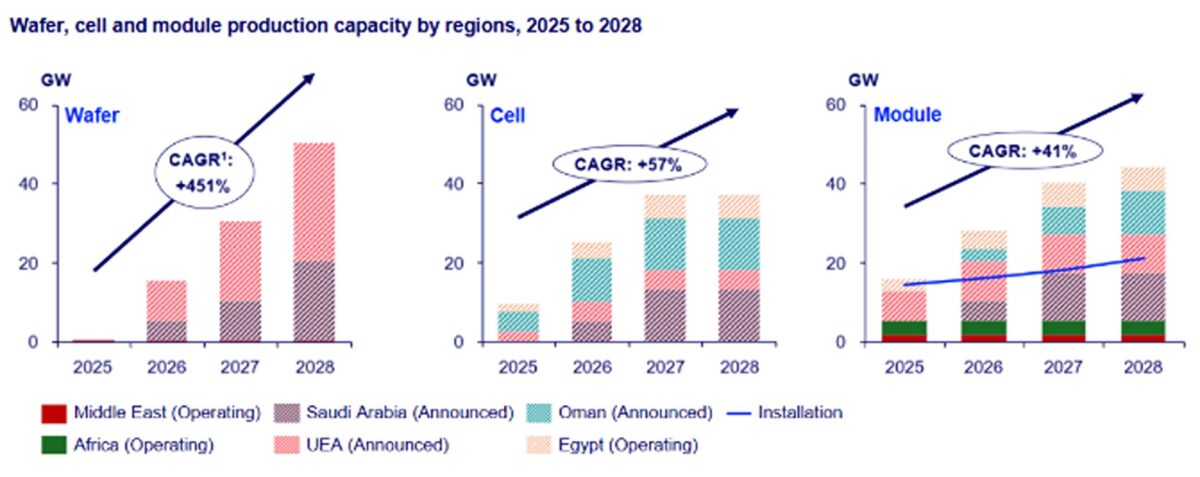
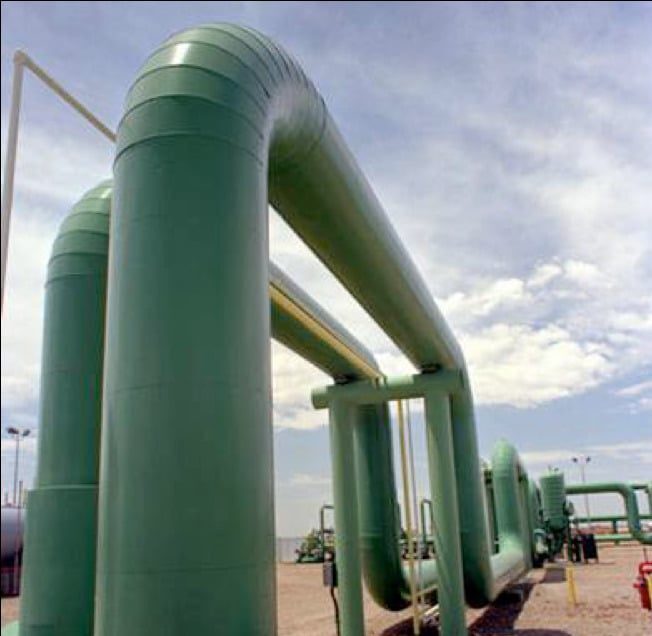



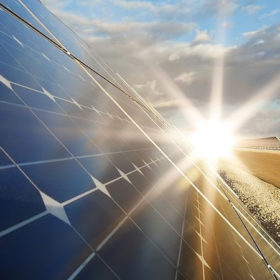
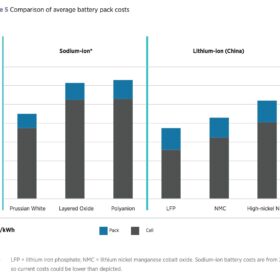
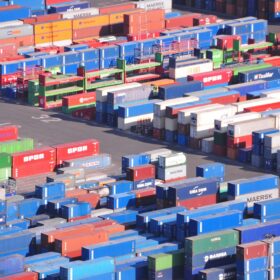
By submitting this form you agree to pv magazine using your data for the purposes of publishing your comment.
Your personal data will only be disclosed or otherwise transmitted to third parties for the purposes of spam filtering or if this is necessary for technical maintenance of the website. Any other transfer to third parties will not take place unless this is justified on the basis of applicable data protection regulations or if pv magazine is legally obliged to do so.
You may revoke this consent at any time with effect for the future, in which case your personal data will be deleted immediately. Otherwise, your data will be deleted if pv magazine has processed your request or the purpose of data storage is fulfilled.
Further information on data privacy can be found in our Data Protection Policy.